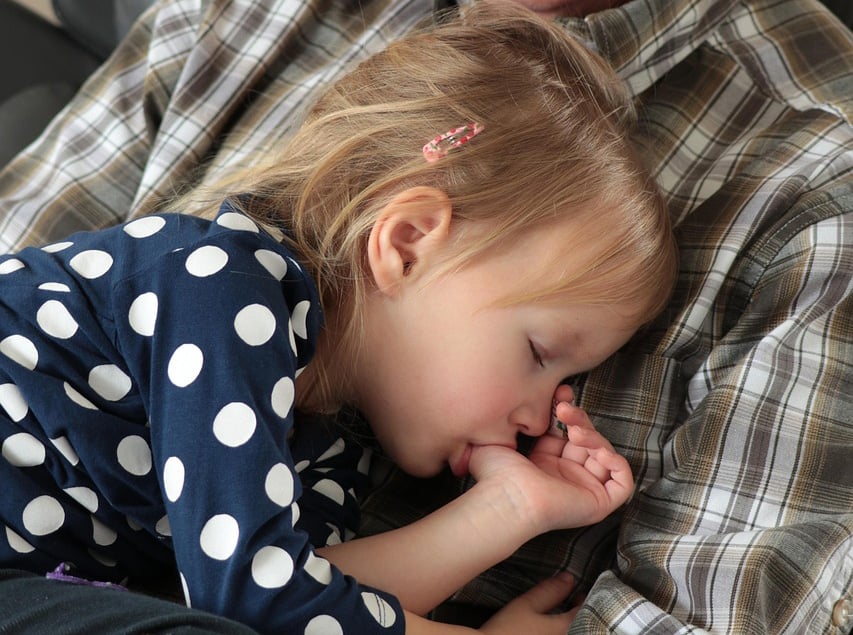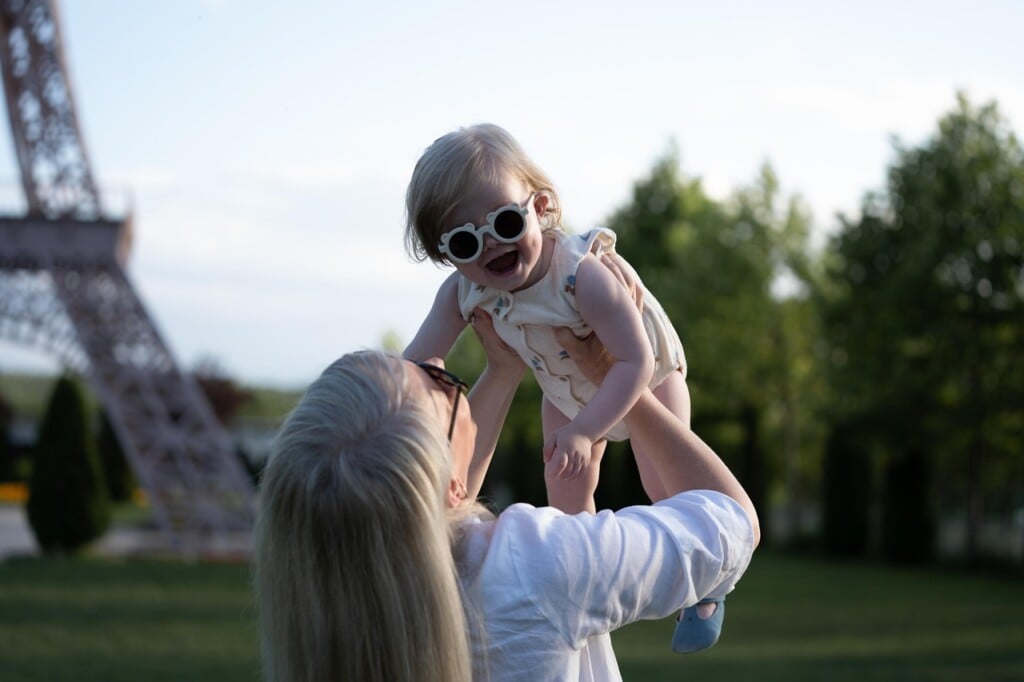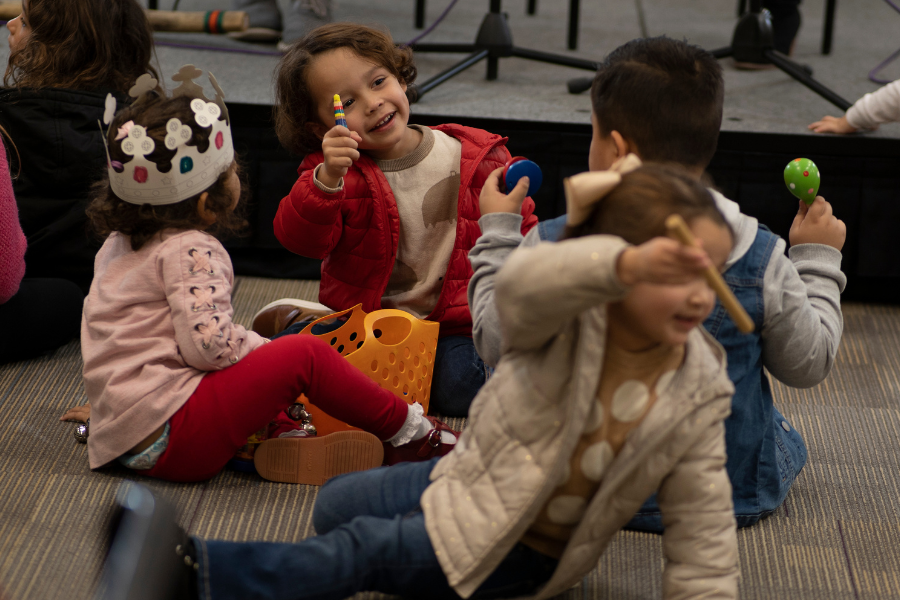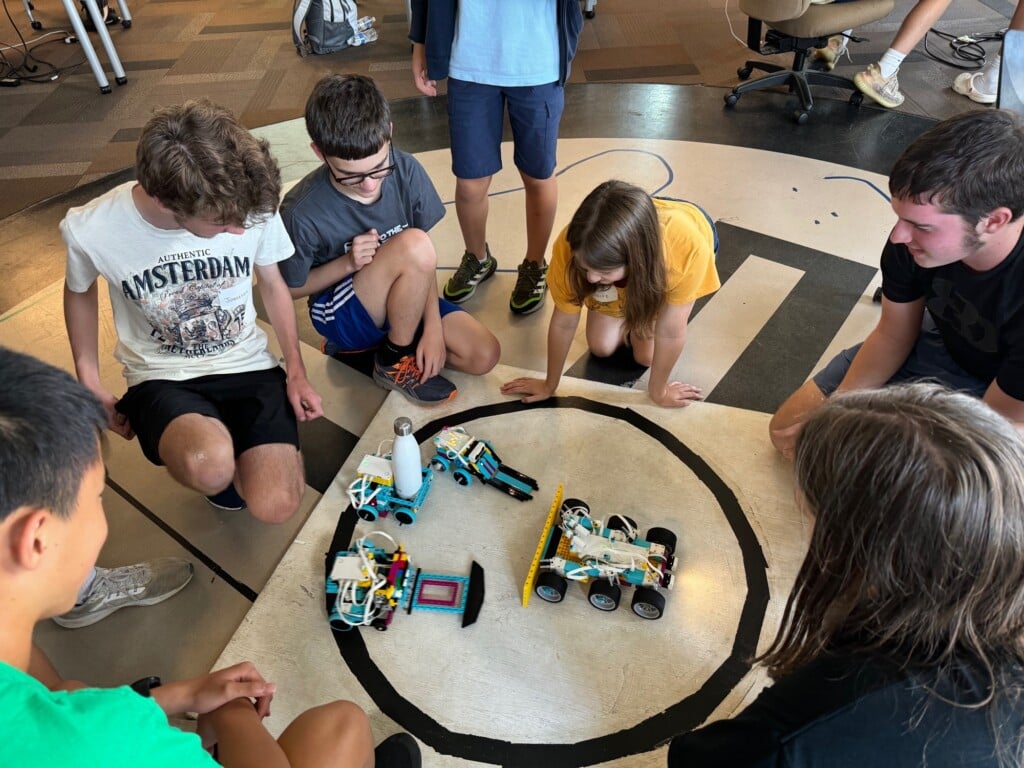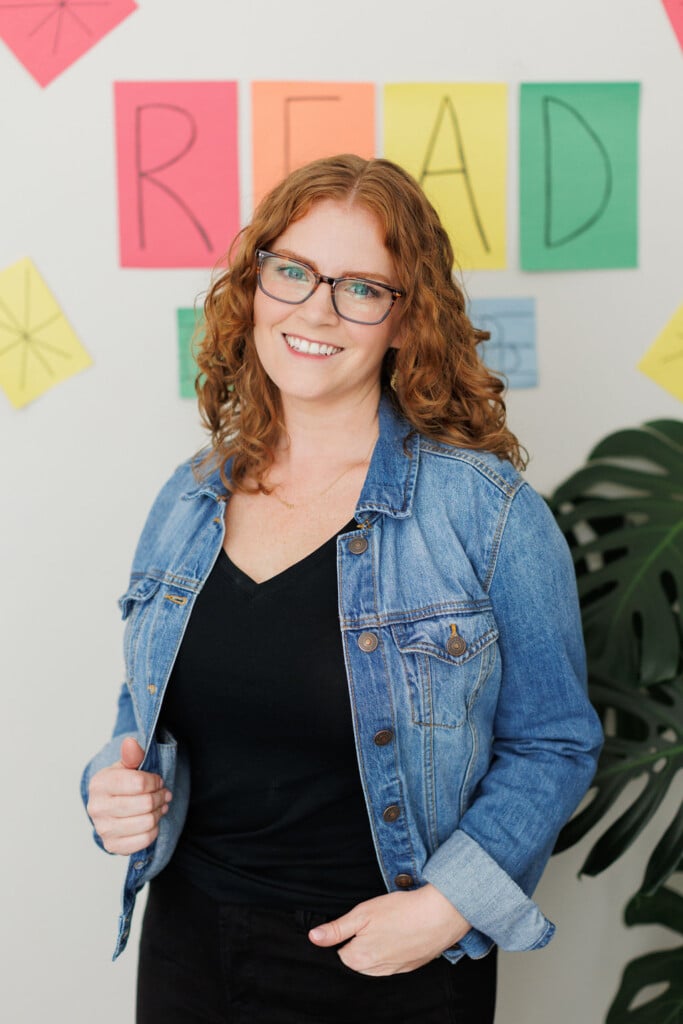International Adoption: A Journey into a Land of Unknowns

In September 2007, at the end of our international adoption process, my husband and I traveled to Liberia, West Africa, to pick up our two children who had been living at an orphanage in the city of Monrovia. Like our whole adoption journey, it was a trip filled with experiences I never would have imagined a mere year-and-a-half before.
When we first learned about the possibility of adopting children from Liberia, I would have been hard pressed to locate the Tennessee-sized country on a world map, much less rattle off any significant facts about the place. Facts like it was a country that had only recently come out of 17 years of civil war, a country where freed slaves and free African-Americans were sent from the U.S. in the 1820s to establish a new republic.
But one of the first things I learned about international adoption is that an adoptive family becomes a family with multiple homelands, so I became a quick study of the history and culture of my children’s birthplace, so that by the time we left to pick them up, it was as if we were traveling to a place we had always known.
Taking a journey into the world of international adoption is a lot like our trip to Liberia. When you first begin to think about adopting a child from another country, every aspect of it can seem overwhelming and, well, downright foreign. It takes time to learn all of the ins and outs and figure out the specifics of the adoption that will “fit” the dynamics of your family best.
Here are some of the most common questions people ask as they start the process, along with some insights that will point you in the right direction so that your journey into a land of unknowns becomes a trip to bring your whole family home.
How do you decide on a country from which to adopt?
There are several factors to consider when choosing a country from which to adopt. The best place to start is to think about what resources you will have once your child comes home that will support your determination to still be involved in your child’s native culture. We discovered that there is a large community of families that have adopted children from Liberia in the Charlotte area, as well as a community of Liberians who are eager to help us stay connected to our children’s birthplace. Each country also has its own requirements for adoptive families, so depending on your age, marital status, number of children already in the family, religious affiliation and ability to travel, you will be able to eliminate some countries.
The cost of adoptions varies by country as well — this criteria might help you narrow your options. Charlotte mom Jami Staples says this about how she and her husband decided to adopt their son from Russia, “The truth is it was mostly a process of elimination … When we chose the adoption agency we were going to work with, there was only one program they offered that we qualified for.”
Another Charlotte adoptive mom, Rebecca Caswell, was able to use several criteria when making this decision. “We decided on Guatemala because we met the requirements, infants of less than 12 months were available and there was a possibility of our child being in foster care. We also loved that the close proximity to the U.S. meant that we could travel periodically as our children get older without a huge expense.”
How do you decide on an adoption agency?
After you have narrowed down the countries to a few possibilities, you can begin to collect information on agencies. The best thing you can do is talk to other families who have adopted from the countries you are interested in. Because international adoptions tend to take at least a year, if not multiple years, you will want to find an agency that has a good reputation and workers with whom you can develop a good rapport.
The Internet is another good resource for collecting initial information on adoption agencies. Most agencies have sites that tell you which countries they work with, requirements of each country, adoption costs and rough timelines. If you are looking at an agency but don’t know anyone who has worked with them, ask for references and go online to adoption chat groups to ask about other people’s experiences. It is also a good idea to interview a potential adoption agency to find out how long they have being working with a particular country and how many successful adoptions they have completed.
Jim Woodward, director of Christian Adoption Services Inc. in Matthews, notes that many U. S. adoption agencies, including CAS, are seeking accreditation required by the Hague Convention on Intercountry Adoption. It is therefore important to ask if a particular agency is actively pursuing Hague accreditation. Woodward also advises families to inquire about an agency’s pre-adoption training. “There is a direct correlation between the pre-adoption training that adoptive applicants receive and the success of their placement,” says Woodward.
How do you finance an international adoption?
With costs of international adoptions ranging from $10,000-$40,000, one of the biggest concerns families have is how they are going to be able to afford the process. Thanks to a federal tax credit of $11,390 (an amount that can be deducted directly from the taxes you owe) the financial burden of adopting a child is much less than it could be. In addition, North Carolina now offers a state tax credit equal to half of the federal tax credit, taking another large chunk out of the costs of adoption.
Furthermore, there are agencies who give adoption grants or loans to cover some of the costs. Many times, families will look to a variety of funding resources to cover the costs. Caswell is on her family’s third international adoption, and each time the money has come from a different place. “For our first adoption we used our savings and income from a second job. For our second adoption we used savings and financed the travel portion on our credit card. Our third adoption came much sooner than we had planned, so we have been blessed to have friends host several yard sales for us with donated items to help us pay the fees.”
What are some of the challenges and highlights of doing an international adoption?
Due to all of the cultural differences and multi-government requirements of completing an international adoption, most families run into frustrations along the way. “One major challenge of adopting internationally,” says Staples, “is the way you are required to submit to the other country’s government. In America, we have rights and demands that are natural and supported. Overseas, you are often at the mercy of their government’s temperamental political structure and opinions of international adoption.”
For the Caswells, “The physical distance and separation between us and our children was the most difficult. After we saw our son’s and daughter’s photos we just were so anxious to meet them.” Couple these challenges with the uncertainty of how long the process will take, and an international adoption can take a toll on a family’s emotions.
Yet, no matter how great the challenges, the end result of bringing your child home makes them worth enduring. And, points out Caswell, “Our worldview is forever changed. Our world is so much bigger than our middle-class American life. We are so thankful that we know now how much of the world lives in stark contrast to our daily lives.”
Our trip to Liberia gave us a new worldview as well. The pictures of children who live without enough food or moms and dads to care for them each day are no longer ones I can forget with the push of a TV remote button. They are forever in our family photo album, the pictures of real people who our family knows and loves and will forever be connected to. The trip we took to bring our children home was the best journey I have ever been on … definitely worth traveling into the unknown.
Traveling to Liberia
Liberia, located on the West Coast of Africa, is a country of contrasts — women dressed in beautiful gowns and colorful headdresses walk along dirty streets lined with crater-sized potholes. Homes are one-room dwellings made out of recycled materials, yet a traveler would be invited into any of these homes to share a meal. There were many preparations we had to make for our eight-day stay to be safe and enjoyable. Here were some of them:
1. Health & Vaccinations – A yellow fever vaccine was required to travel, but we also decided to get others like hepatitis A and B, MMR and typhoid. In addition, we took malaria pills for six weeks.
2. Travelers insurance – We purchased insurance that would allow us to fly to another country with better medical care if we were faced with any medical emergencies. Thankfully, we didn’t need to use it, but the low cost (about $24 for each of us) was worth the peace of mind.
3. Bug protection – We washed our clothes in a permethrin solution and took bed nets and bug spray to ward off mosquitoes and other insects.
4. Clothing – Women in Liberia generally wear long skirts or dresses and men dress in pants and shirts that can be as casual as jeans and a T-shirt or as dressy as a suit. Because it is quite warm, in the mid-80s and extremely humid throughout the year, we packed lightweight clothing appropriate for Liberian styles.
5. Accommodations – We arranged to stay in a guest house that was luxurious by Liberian standards — a cement building with four bedrooms, a living room, kitchen and bathroom. The bathroom had plumbing, though we only had access to cold water, which was available a few hours each day. We also had to be careful not to drink the water because it would have made us sick. Instead we stuck to bottled water, which was readily available. The staff at the guest house cooked our meals, washed our clothes, kept the house clean, provided security and arranged for us to have a taxi each day to take us where we needed to go.
Angel Rutledge is a Charlotte mother and freelance writer.


